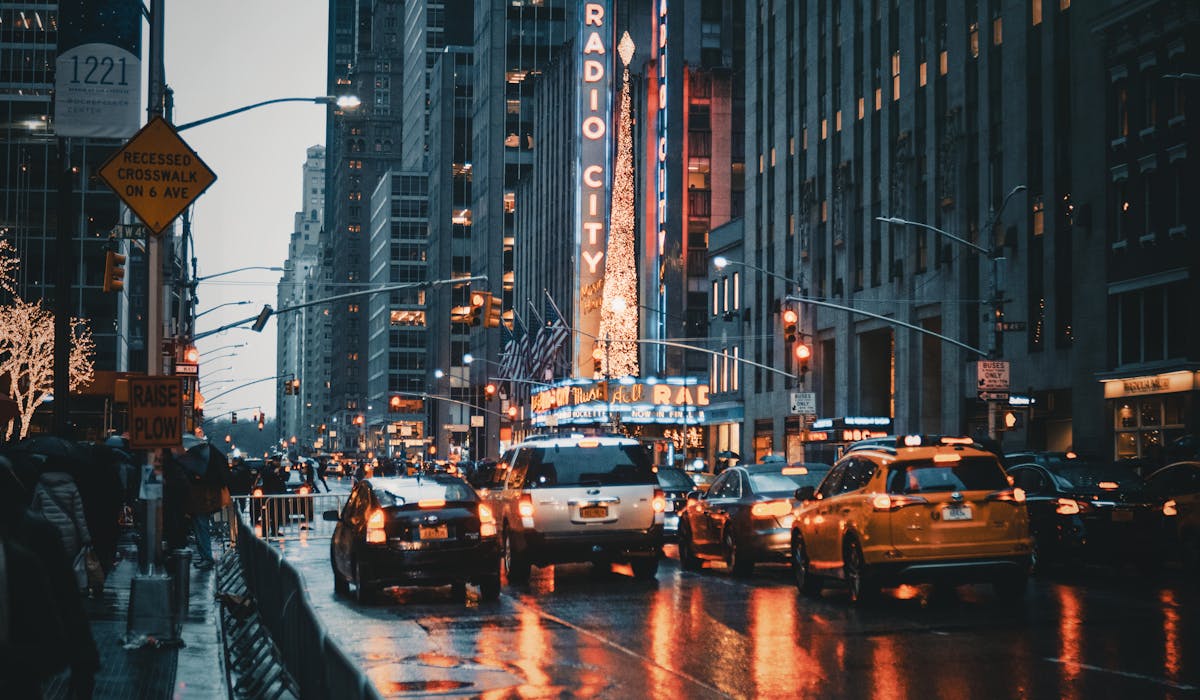How Framing Streets can Save You Time, Stress, and Money.
Wiki Article
Framing Streets - The Facts
Table of ContentsSee This Report on Framing StreetsEverything about Framing StreetsSome Ideas on Framing Streets You Need To KnowThe Framing Streets PDFsIndicators on Framing Streets You Need To KnowAll About Framing Streets
Digital photography category "Crufts Dog Program 1968" by Tony Ray-Jones Street digital photography (additionally occasionally called honest digital photography) is photography carried out for art or query that features unmediated opportunity encounters and random occurrences within public places, usually with the purpose of catching pictures at a crucial or touching moment by cautious framing and timing. 
4 Simple Techniques For Framing Streets
Susan Sontag, 1977 Street photography can focus on people and their actions in public. In this respect, the street professional photographer is comparable to social documentary professional photographers or photographers that also work in public areas, but with the objective of recording newsworthy occasions. Any one of these digital photographers' images might record individuals and property noticeable within or from public locations, which frequently requires browsing moral problems and laws of privacy, protection, and home.Representations of daily public life form a genre in practically every duration of world art, starting in the pre-historic, Sumerian, Egyptian and very early Buddhist art periods. Art taking care of the life of the street, whether within sights of cityscapes, or as the dominant motif, shows up in the West in the canon of the Northern Renaissance, Baroque, Rococo, of Romanticism, Realism, Impressionism and Post-Impressionism.
What Does Framing Streets Do?
Louis Daguerre: "Boulevard du Holy place" (1838 or 1839) In 1838 or 1839 the first picture of numbers in the street was videotaped by Louis-Jacques-Mand Daguerre in one of a set of daguerreotype views extracted from his studio home window of the Boulevard du Holy place in Paris. The 2nd, made at the height of the day, reveals an uninhabited stretch of street, while the various other was taken at about 8:00 am, and as Beaumont Newhall records, "The Boulevard, so regularly loaded with a moving throng of pedestrians and carriages was completely solitary, other than a person that was having his boots cleaned.His boots and legs were well defined, but he is without body or head, since these were in movement." Charles Ngre, waterseller Charles Ngre. https://www.imdb.com/user/ur175665524/?ref_=nv_usr_prof_2 was the initial digital photographer to achieve the technological elegance needed to register individuals in movement on the street in Paris in 1851. Professional Photographer John Thomson, a Scotsman collaborating with journalist and social activist Adolphe Smith, published Street Life in London in twelve monthly installations starting in February 1877
The smart Trick of Framing Streets That Nobody is Discussing
Eugene Atget is considered a progenitor, not because he was the first of his kind, yet as a result of the popularisation in the late 1920s of his record of Parisian roads by Berenice Abbott, who great post to read was motivated to carry out a comparable paperwork of New york city City. [] As the city developed, Atget aided to advertise Parisian streets as a worthwhile subject for photography.
Getting My Framing Streets To Work
Martin is the initial recorded photographer to do so in London with a disguised electronic camera. Mass-Observation was a social research organisation established in 1937 which intended to record day-to-day life in Britain and to videotape the responses of the 'man-in-the-street' to King Edward VIII's abdication in 1936 to wed separation Wallis Simpson, and the sequence of George VI. The chief Mass-Observationists were anthropologist Tom Harrisson in Bolton and poet Charles Madge in London, and their initial record was created as the book "May the Twelfth: Mass-Observation Day-Surveys 1937 by over two hundred viewers" [] Window cleaner at Kottbusser Tor, Berlin, by Elsa Thiemann c. 1946 The post-war French Humanist Institution professional photographers located their topics on the road or in the bistro. Andre Kertesz.'s commonly appreciated Images la Sauvette (1952) (the English-language version was entitled The Definitive Moment) advertised the concept of taking an image at what he termed the "decisive minute"; "when form and content, vision and make-up merged into a transcendent whole" - copyright a9iii.How Framing Streets can Save You Time, Stress, and Money.
, after that an educator of young children, connected with Evans in 193839.'s 1958 publication,, was significant; raw and typically out of focus, Frank's pictures questioned traditional digital photography of the time, "challenged all the formal policies laid down by Henri Cartier-Bresson and Pedestrian Evans" and "flew in the face of the wholesome pictorialism and wholehearted photojournalism of American publications like LIFE and Time".Report this wiki page